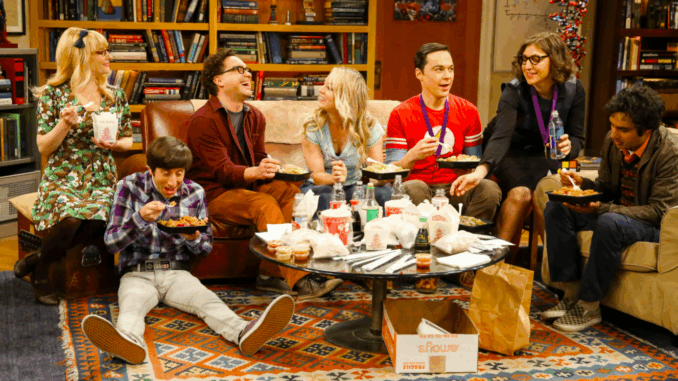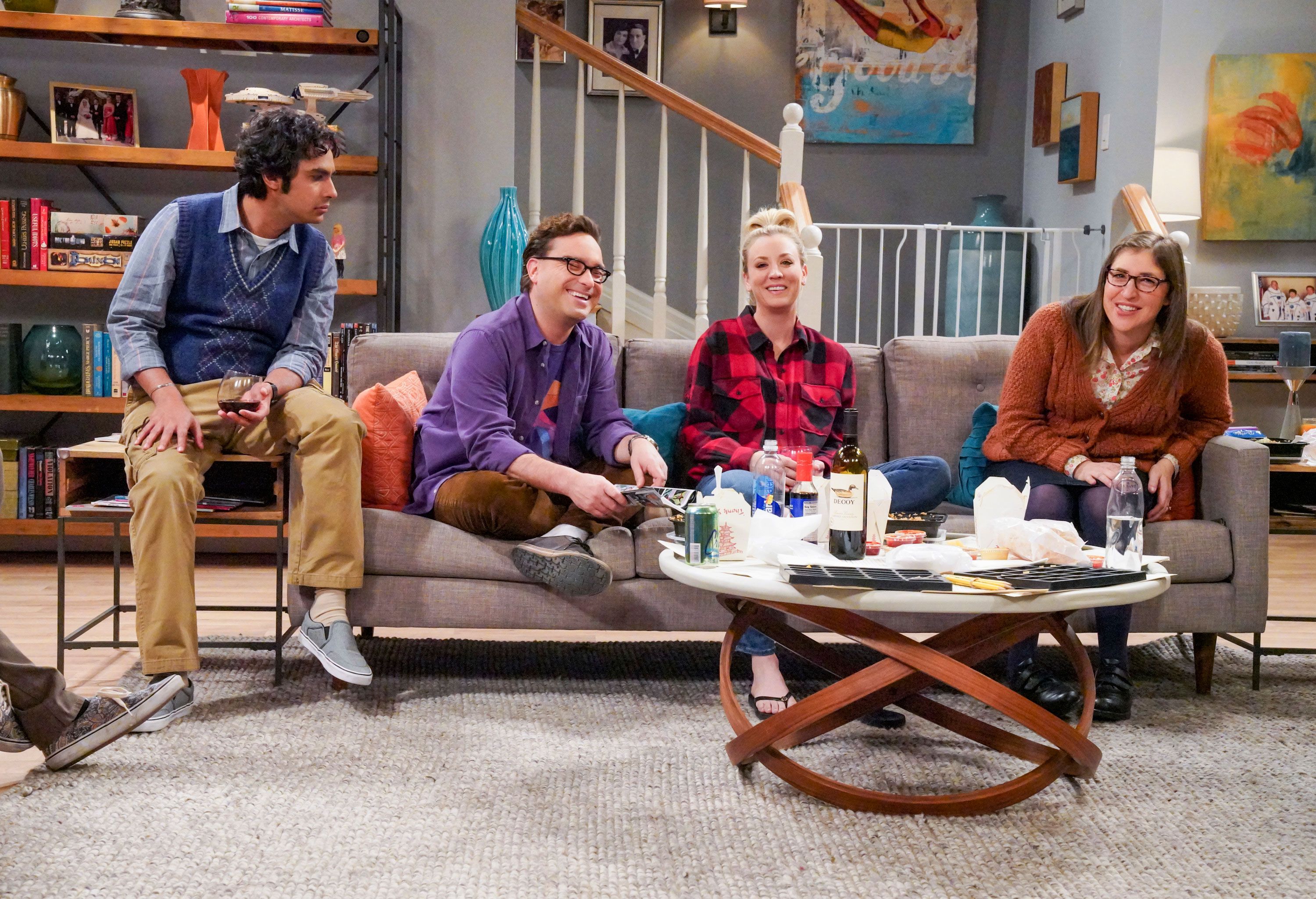
More than a theme song
Everyone knows the unmistakable opening notes of “The Big Bang Theory Theme” by Barenaked Ladies—an energetic crash-course in the universe’s birth. But beyond the catchy intro lies a sophisticated, layered use of sound that plays a crucial role in the show’s rhythm, emotion, and storytelling.
From the subtle shifts in background scores to the strategic silences, the show’s audio choices elevate its humor, deepen its emotion, and help us understand its characters without a single word.
Laugh track or emotional guide?
Let’s address the elephant in the room: the laugh track. Critics often reduce The Big Bang Theory to a laugh-track sitcom. But when used effectively, as it is here, it acts as a social cue rather than a crutch. It mirrors the audience’s reactions, enhances timing, and creates a shared rhythm between viewer and script.
More importantly, the absence of laughter in certain scenes—particularly in later seasons—signals tonal shifts. The silence in moments like Sheldon’s proposal or Leonard’s heartfelt monologues speaks louder than any punchline.
Character themes and sound identity
While not always overt, each main character has a subtle sound identity. Sheldon’s scenes are often accompanied by sharp, rhythmic stings or quirky transitional sounds that reflect his hyper-logical mind. Howard’s segments sometimes feature funkier, bass-heavy transitions—mirroring his over-the-top personality.
Raj’s music often feels lighter, whimsical, almost like a romantic comedy, especially in episodes where his love life is the focus. These micro-scoring techniques give the show texture that most viewers may not even consciously notice.
The elevator scene and strategic silence
One of the most iconic and recurring motifs in The Big Bang Theory is the broken elevator. The silence during the stair-climbing scenes offers a contrast to the otherwise dialogue-rich environment. The characters’ footsteps, panting, and creaky steps become a kind of acoustic signature.
These moments aren’t just filler—they create intimacy. The stairwell is where Leonard confides in Penny, where Sheldon delivers offbeat wisdom, and where major decisions are made. And it’s all grounded in sound design that feels stripped, honest, and raw.
Special moments and musical cues

There are several standout episodes where music takes center stage:
-
“The Romance Resonance” – Howard’s original song for Bernadette, played with full instrumentation, breaks the usual sitcom flow and delivers a pure, heartfelt moment.
-
“The Adhesive Duck Deficiency” – The scene of Sheldon carrying Penny to the hospital is scored delicately, signaling a rare emotional vulnerability.
-
“The Countdown Reflection” – As Howard and Bernadette marry, the use of strings and soft piano captures the gravity of the moment.
In each case, music isn’t just a background element—it’s storytelling in itself.
Sound as science
True to its scientific roots, the show also integrates real sound effects from physics labs, rocket launches, and computers. When Howard is in the space station, the ambient hum of machinery is realistic and immersive. The sound of Sheldon’s whiteboard marker squeaking during his theories adds a tactile rhythm that underscores his process.
Even the hums, beeps, and chirps of their gadgets are carefully chosen to reflect the real-life geekery the show proudly wears on its sleeve.
Why it matters
In a series that is often remembered for its wit and geeky references, the sonic design is a quiet hero. It keeps the pacing tight, enhances emotional beats, and often signals shifts in tone before the dialogue does.
The music and soundscape of The Big Bang Theory operate like a well-tuned machine—unobtrusive, but essential. It’s the music between the jokes, the silence between the laughs, that gives the series its heartbeat.
